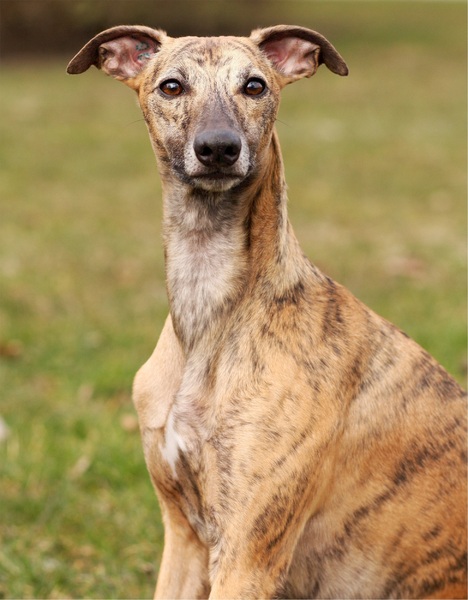
The Chart Polski’s United Kennel Club breed standard indicates that this breed’s coat is “springy to the touch, rather harsh, but not wire-haired,” and the FCI standard isn’t much clearer since it adds the the mix that the coat isn’t silky, either.
So which is it?
Even owners of concede that the coat texture is difficult to explain if one has never felt it. The back and withers have a springy feel, but one owner was able to verbalize to us that the coat is supposed to be like a horse’s mane, really hard and wiry, and with an undercoat.
It’s a good texture for a breed created to hunt prey. Also known as the Polish Greyhound, this old breed has had a presence in Poland since the 13th century.
The Polish Greyhound tends to be more muscular and heavy boned than other short-haired sighthounds, and therefore it’s a stronger sighthound. Another difference it has with other sighthounds is what is described as a territorial, highly protective nature. A combination of size, speed, and strength coupled with hefty dose of determination suggests that only experienced dog owner should own this breed as it may be too much dog for some owners.
Photo by form PxHere
